Description
Sweet and tangy, tamarind is one of the widely used spice-condiments found in every South-Asian kitchen! Tamarind is a very large tree with long, heavy drooping branches, and dense foliage. Completely grown-up tree might reach up to 80 feet in height. During each season, the tree bears curved fruit pods in abundance covering all over its branches. Each pod has hard outer shell encasing deep brown soft pulp enveloping around 2-10 hard dark-brown seeds. Its pulp and seeds held together by extensive fiber network. While lemon compose citric acid, tamarind is rich in tartaric acid. Tartaric acid gives sour taste to food besides its inherent activity as a powerful antioxidant. It, thus, helps human body protect from harmful free radicals. Tamarind fruit contains many volatile phytochemicals such as limonene, geraniol, safrole, cinnamic acid, methyl salicylate, pyrazine and alkylthiazoles. Together, these compounds account for the medicinal properties of tamarind.
This prized condiment spice is a good source of minerals like copper, potassium, calcium, iron, selenium, zinc and magnesium. Its pulp has been used in many traditional medicines as a laxative, digestive, and as a remedy for biliousness and bile disorders. This spice condiment is also used as emulsifying agent in syrups, decoctions, etc., in different pharmaceutical products.


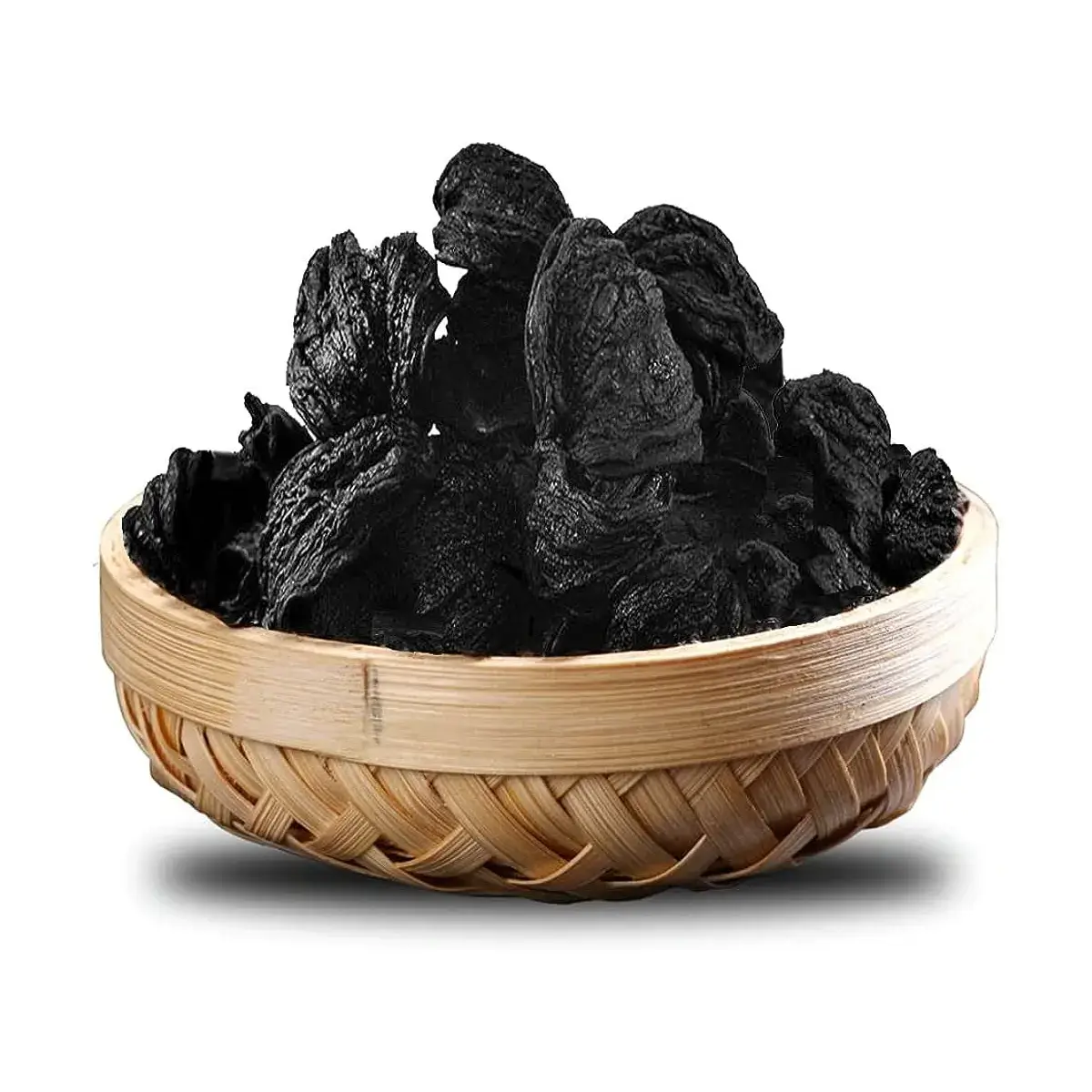
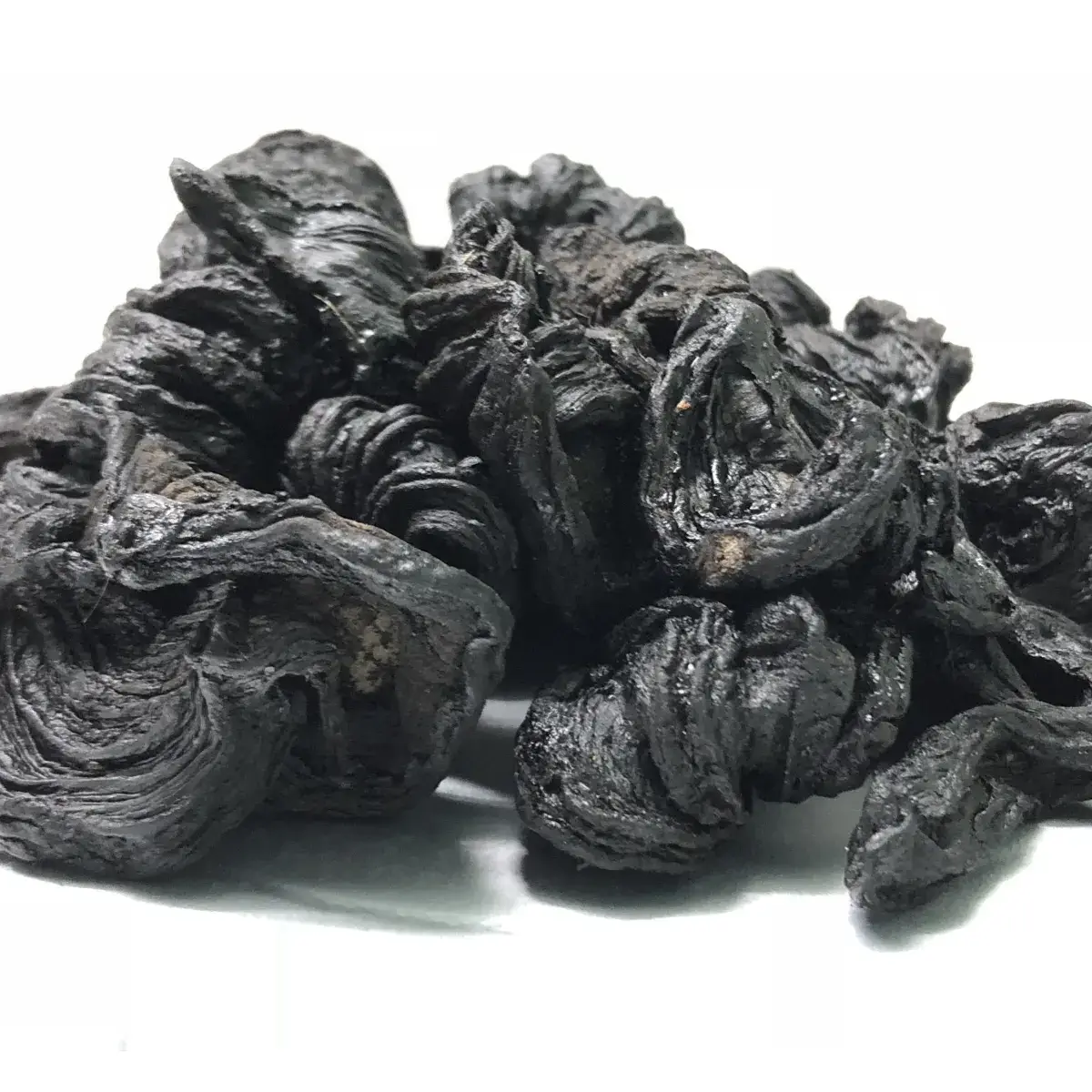
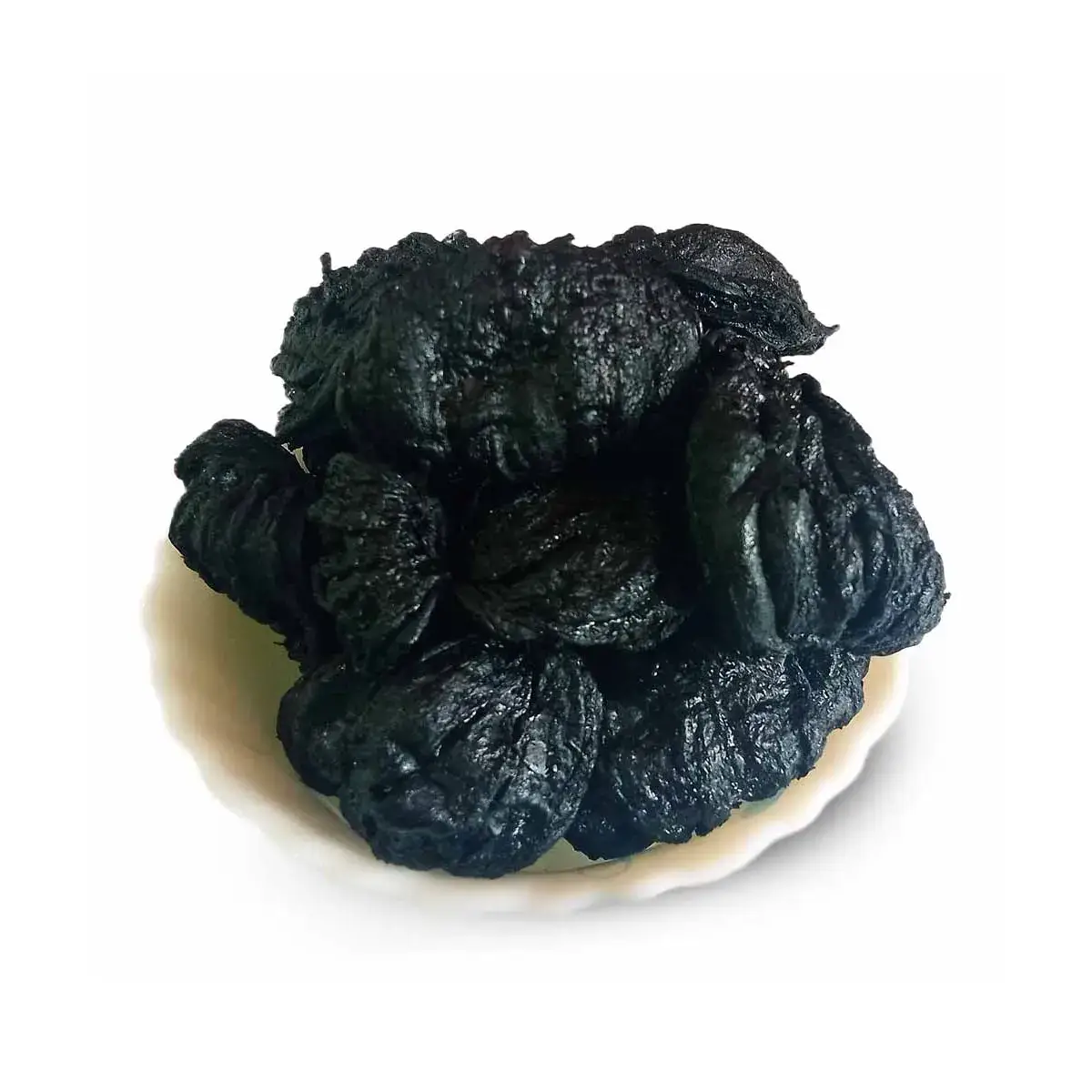
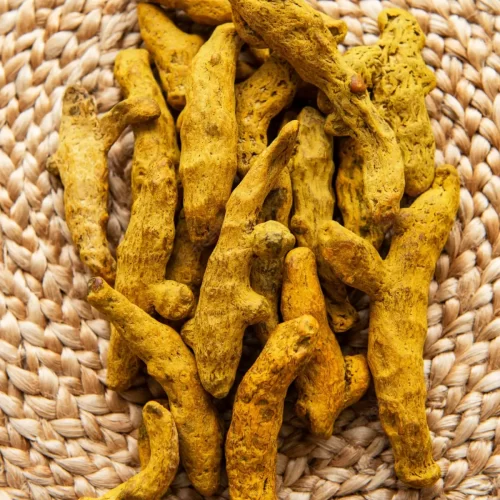
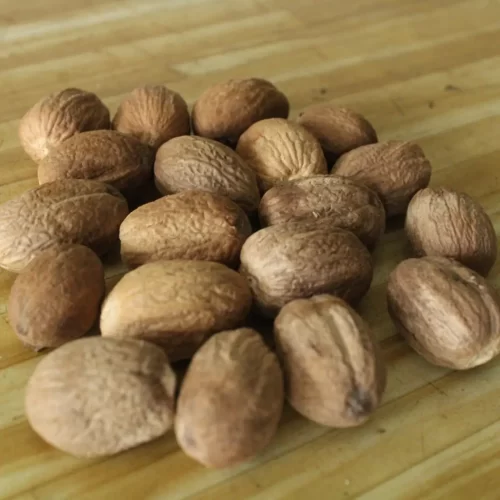


Reviews
There are no reviews yet.